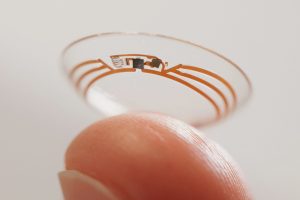 It seems like technology has been advancing at such a rapid rate. Every year new developments are made that change how we interact with the world and makes the devices and tools people use that much more sophisticated. Think about TVs, for example. Gone are the days of tube television sets with rounded screens. The chunky units with fuzzy displays are no more. Instead, most TVs today are very slim with crisp and vibrant displays.
It seems like technology has been advancing at such a rapid rate. Every year new developments are made that change how we interact with the world and makes the devices and tools people use that much more sophisticated. Think about TVs, for example. Gone are the days of tube television sets with rounded screens. The chunky units with fuzzy displays are no more. Instead, most TVs today are very slim with crisp and vibrant displays.
The rate at which things are developing can be dizzying but it seems like there are other certain areas where the state of the technology has seemed to plateau. The human body, for instance, has not changed drastically over time. How can advanced technology be incorporated into the area of human vision? Some scientists believe that 3D-printed contact lenses could be the way of the future and could make it to places like Lens.com.
What’s the Difference?
You might be wondering what the difference is between the contact lenses you are familiar with and these new lenses that are being developed. Standard contact lenses are developed by sculpting and spinning silicone hydrogel to create a soft yet fragile lens that matches your specific eye prescription and measurements.
These lenses, on the other hand, are made of different materials. The Princeton University team has come up with a combination of transparent polymer and wires that can safely create and handle electrical currents. This requires a tremendous amount of care and precision, as having electrical currents flowing so close to someone’s eyeballs could potentially be dangerous.
